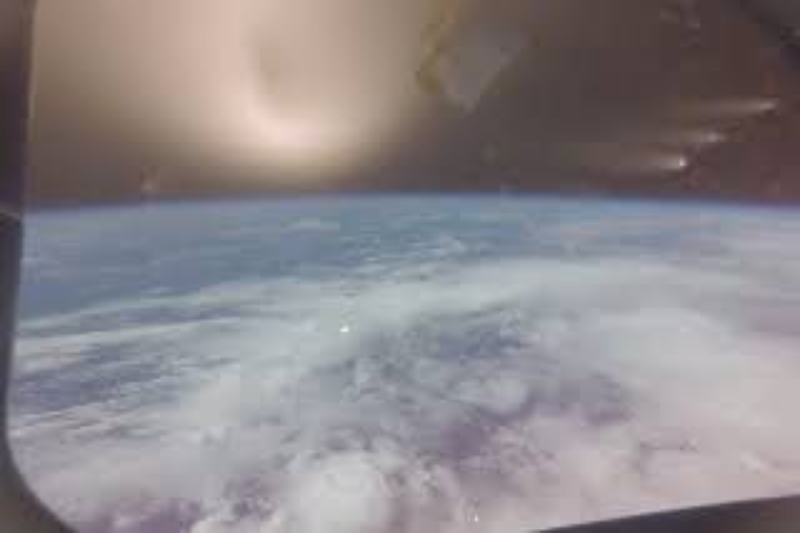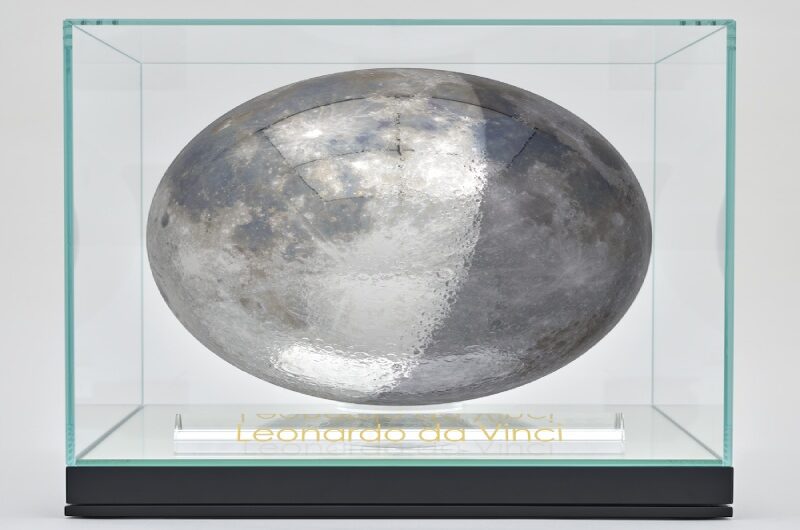NASA’s Orion spacecraft made a successful return to Earth at this time last year. NASA released amazing video of the spacecraft plummeting into our atmosphere at 32 times the speed of sound to commemorate this occasion.
On November 16, 2022, NASA’s Space Launch System (SLS) was used to launch the ship, which is intended to carry humans farther than we have ever gone before. This was the first time the enormous rocket has been displayed.
Orion continued to fly for a total of twenty-five days, six of which were spent in lunar orbit. It traveled farther than any spacecraft made for mankind to yet, reaching a distance of 434,500 kilometers (270,000 miles), before crashing into our atmosphere at a speed of about 40,000 kilometers per hour (25,000 miles per hour).
As Orion made its way down to Earth, it achieved a further first: it was the first spacecraft ever built for human use to attempt a “skip” reentry, bouncing off the atmosphere like an ultra-expensive stone on a lake. No matter where the craft enters the Earth’s atmosphere for the first time, the approach will assist it land at the same spot every time.
“The skip entry will help Orion land closer to the coast of the United States, where recovery crews will be waiting to bring the spacecraft back to land,” Chris Madsen, Orion guidance, navigation, and control subsystem manager, explained in a statement ahead of the launch. “When we fly crew in Orion beginning with Artemis II, landing accuracy will really help make sure we can retrieve the crew quickly and reduces the number of resources we will need to have stationed in the Pacific Ocean to assist in recovery.”
NASA released a video of the reentry, but the longer view below shows the spacecraft descending using its parachutes before being collected.
Jim Free, NASA associate administrator for the Exploration Systems Development Mission Directorate, said in a statement that “now that Orion has safely returned to Earth, we can begin to see our next mission on the horizon which will fly crew to the Moon for the first time as a part of the next era of exploration.” “With this, we are starting down the path toward a consistent schedule of missions and a long-term human presence at the Moon to advance science and get ready for future human missions to Mars.”
With all hands crossed, astronauts returning from a Moon trip may soon be able to appreciate this view.
Topics #NASA #Orion spacecraft










